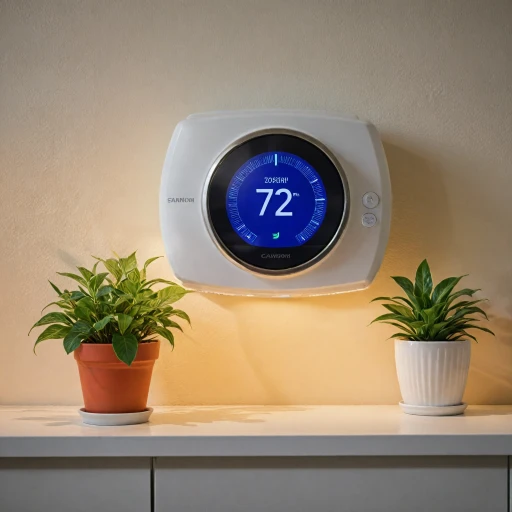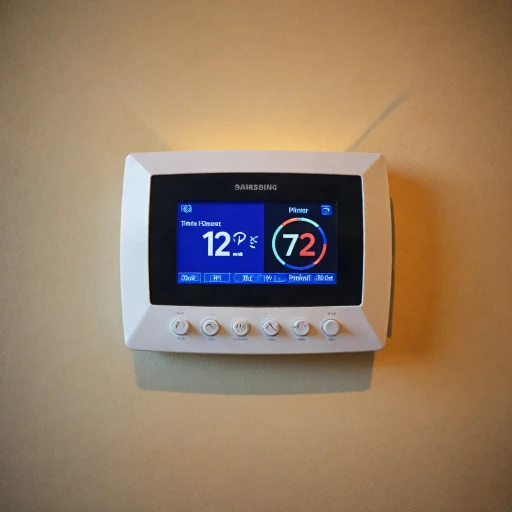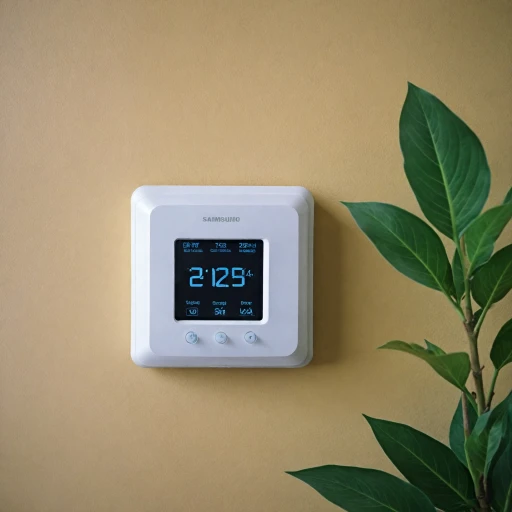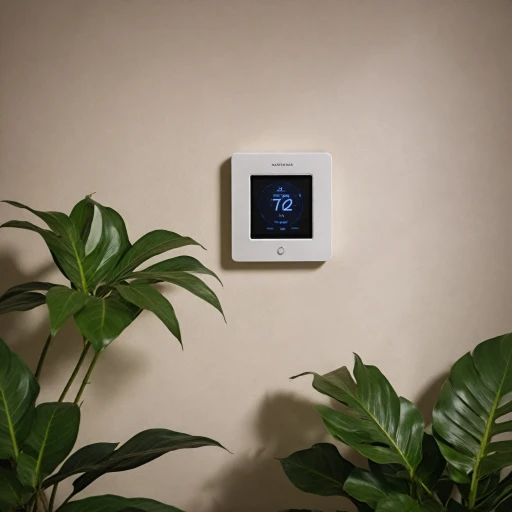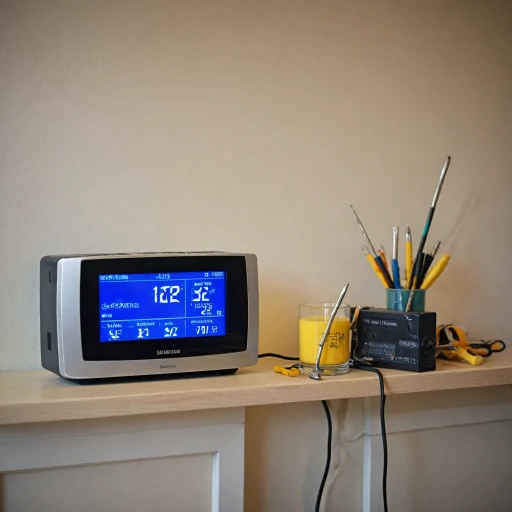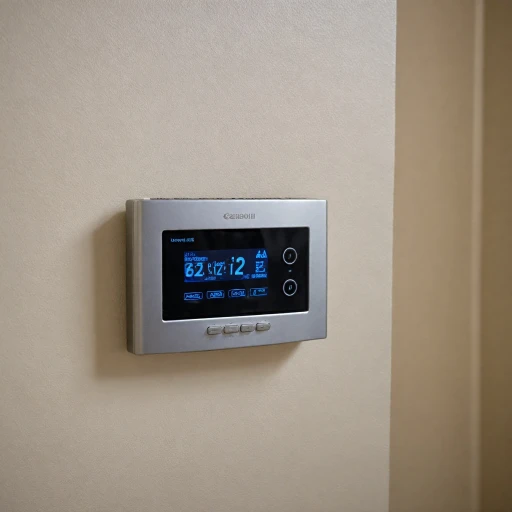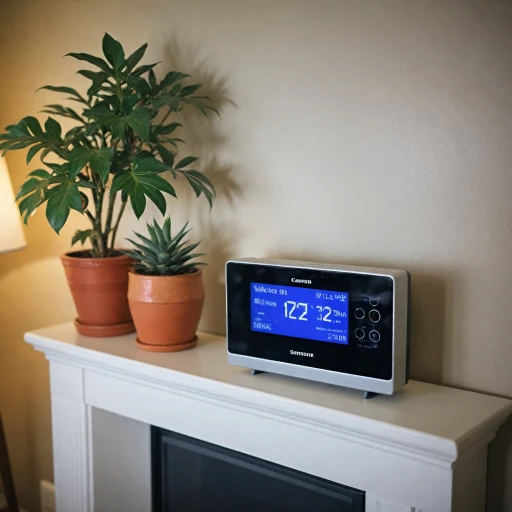
What is Furnace Short Cycling?
Recognizing the Signs of Furnace Short Cycling
Furnace short cycling is a prevalent issue that can vex many homeowners. It refers to a situation where the furnace turns on and off frequently within short intervals without completing a full heating cycle. This problem not only disrupts the comfortable temperature in your home but can also lead to unnecessary wear and tear on your heating system, potentially requiring furnace repair services. A furnace that is short cycling will typically power on for a short period to deliver heat before prematurely shutting down, often necessitating prompt attention from an HVAC professional. This cycling behavior can lead to an inefficient HVAC system that struggles to maintain a consistent temperature, increasing your energy bills and reducing comfort. Common indicators of furnace short cycling include:- The furnace turns on and off in quick successions.
- Inadequate heating despite the furnace running.
- The thermostat frequently adjusts but doesn't resolve the issue.
- Unusual sounds or noises coming from the furnace.
The Role of Smart Thermostats in Managing Short Cycling
Smart Thermostats: The Key Players in Combating Short Cycling
Smart thermostats play a crucial role when it comes to detecting and managing furnace short cycling issues. These advanced devices are designed to ensure your HVAC system operates efficiently, minimizing unnecessary shutdowns and start-ups.
Firstly, smart thermostats are equipped with highly-sensitive sensors that monitor your home's temperature in real-time. This allows them to predict and identify temperature inconsistencies or fluctuations indicative of short cycling. By capturing these patterns, the thermostat can actively work to mitigate the effects, optimizing your overall comfort at home.
One of the primary benefits of a smart thermostat in addressing this problem is its ability to communicate with various components of your HVAC system, including the furnace. This interaction ensures that components like the flame sensor, limit switch, and heat exchanger are functioning correctly, ultimately preventing issues such as the furnace flame flickering or the system powering off without warning.
In modern HVAC systems, smart thermostats can provide diagnostic insights, alerting homeowners and HVAC professionals to potential problems, like clogged air filters or a compromised heat exchanger, before they become major repairs. This proactive approach not only prevents the cycle of short shutting down but also prolongs the lifespan of your furnace.
Additionally, these thermostats feature programmable settings that allow you to schedule heating times. By learning your heating habits, the system can adjust power outputs and manage cycles efficiently, reducing strain on your furnace. Even if short cycles occur, these thermostats can align operations to tackle the disruptions, ensuring that your home remains comfortable and energy-efficient.
To fully harness the benefits of a smart thermostat in managing furnace short cycling, it’s advisable to consult with an HVAC professional guide to properly configure and optimize the system tailored to your home’s specific needs.
Common Causes of Furnace Short Cycling
Understanding the Causes Behind Short Cycling
Short cycling is a significant issue affecting many furnaces, heating systems, and thermostats. Comprehending the root causes of this problem is crucial for maintaining the optimal performance of your HVAC system. Typically, short cycling can be attributed to several factors, each impacting the efficiency and comfort of your home.- Air Filter Blockage: One common reason for short cycling is a clogged air filter. When the air filter becomes dirty, it restricts airflow, causing the furnace to overheat and cycle off prematurely. Regularly changing air filters can help prevent this issue.
- Thermostat Malfunction: A faulty thermostat, or incorrect thermostat settings, can trigger unnecessary short cycles. Ensuring your thermostat is in good working order is essential to avoid frequent short cycling.
- Flame Sensor Issues: The flame sensor's job is to detect if there is a flame present when the gas furnace is running. If it fails to do so, it sends a signal to shut down the system, leading to short cycles. Cleaning or replacing a faulty flame sensor may solve the problem.
- Oversized Heating System: An oversized system heats the space too quickly and shuts off before completing a full heating cycle. Consulting an HVAC professional can help determine the ideal system size for your needs.
- Limit Switch Malfunction: A limit switch that isn’t functioning properly might cause the furnace to short cycle. This component regulates the heat exchanger and prevents overheating, so if it’s faulty, replacement is often necessary.
Impact of Short Cycling on Energy Efficiency
Energy consumption and short cycling: Understanding the impact
The phenomenon of short cycling in a furnace can significantly affect energy efficiency, causing a noticeable increase in utility bills. When a furnace short cycles, the system is forced to start and stop repeatedly, using more power each time it starts up. This constant cycling not only increases energy consumption but can also wear out components more quickly than usual, leading to more frequent repair needs. A cycling furnace that turns on and off in quick succession doesn't allow the heat exchanger to reach its optimal temperature, resulting in uneven heating. This uneven distribution means that certain areas in your home may not receive consistent warmth, prompting the furnace to run longer or more often to maintain desired temperatures. Moreover, short cycling can cause the air filters to clog more quickly, reducing air flow and further taxing the system. Additionally, short cycling contributes to a decrease in the overall lifespan of the HVAC system. Each rapid start and stop puts strain on high-stress components such as the limit switch and the flame sensor. These parts are crucial for the safe operation of a gas furnace, and their deterioration can lead to a total system failure over time. To mitigate this issue, it is advisable to seek help from an HVAC professional for regular service and maintenance. Professional services can inspect critical components like the flame sensor and limit switches, ensuring they function properly and preventing potential shutdowns. Ensuring the air filter is clean and suitable for your system also helps to maintain airflow and reduce the chances of short cycling. In conclusion, while short cycling poses a challenge to energy efficiency, understanding its root causes and engaging in preventative maintenance can go a long way in solving the problem and enhancing the longevity of your furnace.Troubleshooting and Solutions for Short Cycling
Steps to Address Short Cycling Issues
Handling the problem of furnace short cycling is crucial for maintaining the efficiency of your HVAC system. If you experience your furnace will shut off quickly or experience heat inconsistencies, here are some common troubleshooting steps and solutions:
- Inspect the Air Filter: A dirty air filter can significantly affect airflow, causing the system to short cycle. Regularly replacing or cleaning air filters can help solve the problem of reduced heat output and ensure optimal airflow.
- Check the Flame Sensor: A dirty or malfunctioning flame sensor can prevent the flame from staying lit, leading to short cycles. Clean or replace the flame sensor as needed to maintain stable operation.
- Analyze the Thermostat Placement: Poor thermostat location can misread temperatures, causing frequent cycling. Ensure your thermostat isn't exposed to direct sunlight or drafts which can skew readings.
- Examine the Limit Switch: The limit switch prevents the furnace from overheating, and a malfunction can trigger the system to shut down prematurely. Ensure the limit switch is in working condition to avoid unnecessary cycling.
- Monitor the Heat Exchanger: A compromised heat exchanger can lead to incomplete heating cycles. Regular inspections by an HVAC professional can help prevent such issues from becoming critical.
- Maintain Power Connections: Inconsistent power supply or connections can cause the system to short cycle. Ensure that all electrical connections are secure and functional.
Addressing these potential problems early can reduce the likelihood of needing extensive furnace repair. Keeping an eye on these elements not only resolves short cycling but also prolongs the life of your HVAC system.
For persistent issues, it is advisable to consult an HVAC service professional. Their expertise in diagnosing and fixing complex issues can be invaluable. Whether it's the need for a gas furnace adjustment or a more comprehensive system overhaul, a professional will provide the necessary furnace repair services to ensure your system operates smoothly over time.

